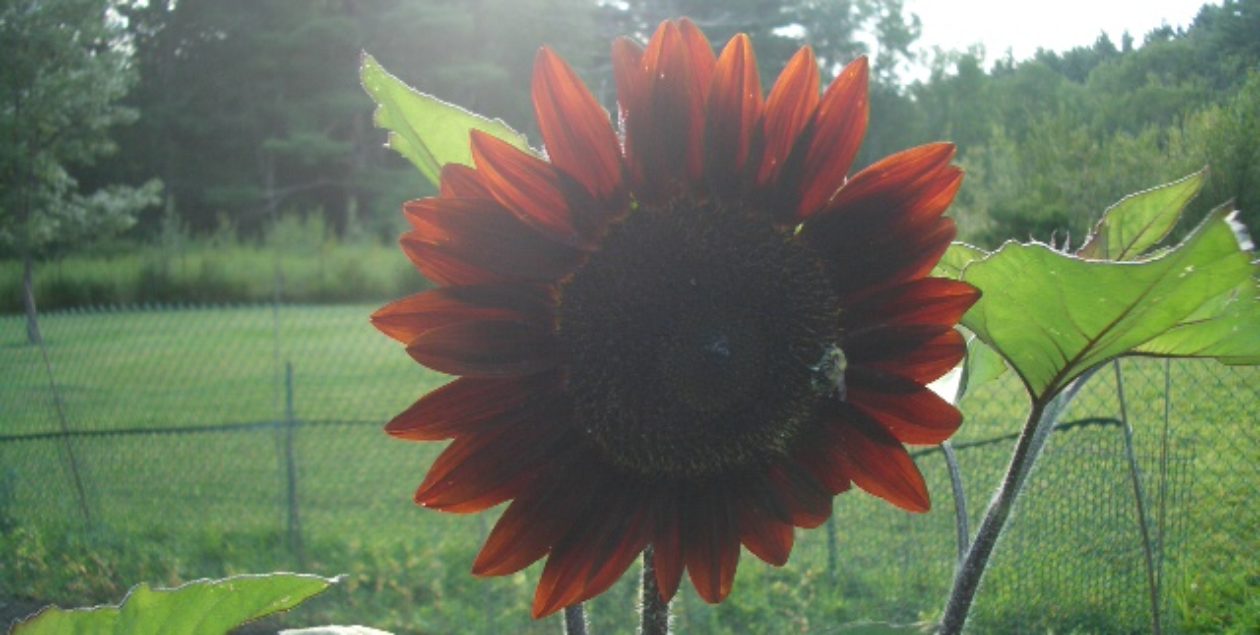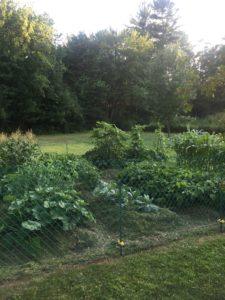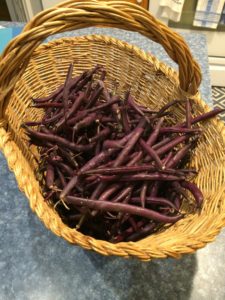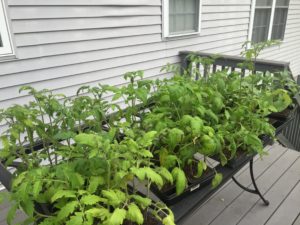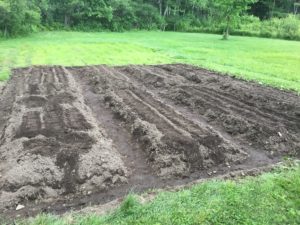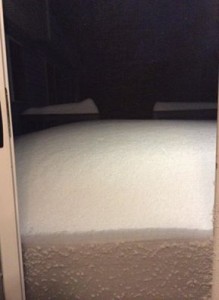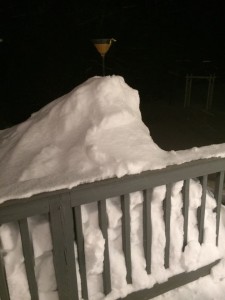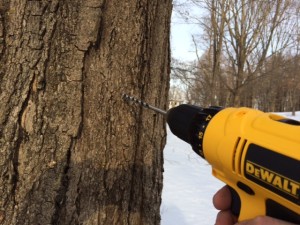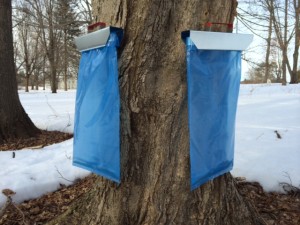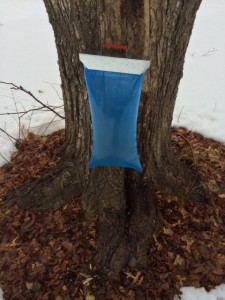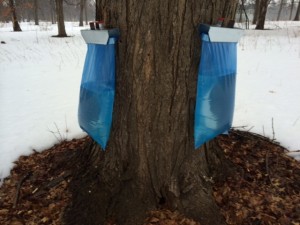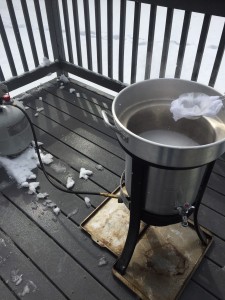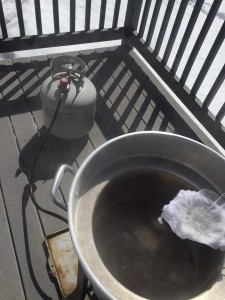During the pandemic (the first year, heaven help us) I made it a point to check out every new cookbook my local library ordered. I had signed up for a weekly email that detailed all new releases available for curbside pickup and made it a point to try out all the new cookbooks that started coming in. It was such a well-known thing at the library that when I missed one, I was asked about it on the phone (and I ended up requesting that book too.)
I still get that weekly email, and just recently noted they had a new book that spoke directly to my gardening and cooking hobbies:

J visibly paled when I showed him the book, and for good reason. It is a delightful mix of garden designs, vegetable descriptions, and recipes. Seriously, look at this:

We have this expanse of lawn off our deck and sunroom, that is bordered by my intensive ornamental gardens that divide the cultivated yard space from the wild spaces that make up a majority of our 2 1/2 acres. It is generally populated by rabbits.

Such a cute bunny! 
Wait, what are you doing?! 
No! Get out of there before I turn you into a hat!
I stood on the deck with the above plan and started talking eagerly to J about turning that expanse of land into another vegetable garden. Eventually, I want to pull all of our vegetable growing back from the back-40 and middle garden to close to the house. My theory is that as we age, our ability to get out and manage those gardens, which don’t have an easy or reliable water source (we use 50 gallon barrels that we fill a couple of times a season, depending on use and weather) and are in full sun, some distance from the house, will be less attractive to us. J did agree that cutting up the lawn was never a bad thing, yet attempted to park this as a retirement-era project.
We’ll see. He did agree that next year we should grow Italian zucchini, which was a suggestion in this book. Check out Ellen Ecker Ogden’s website, and her book here.
